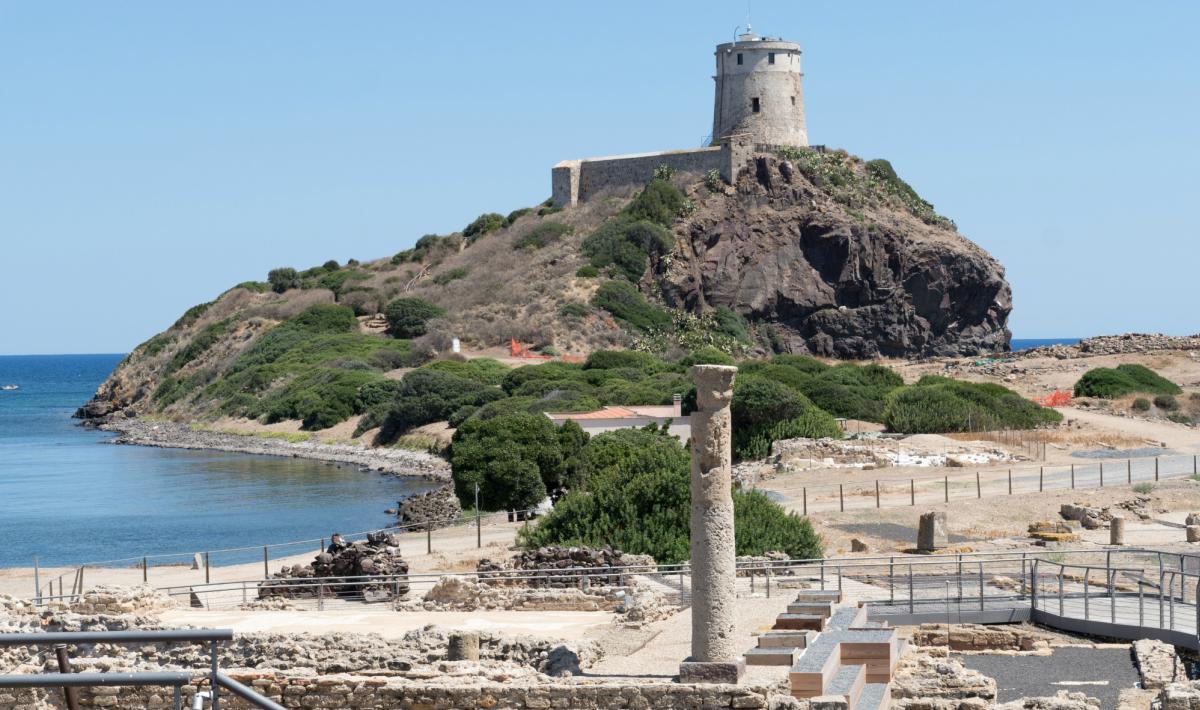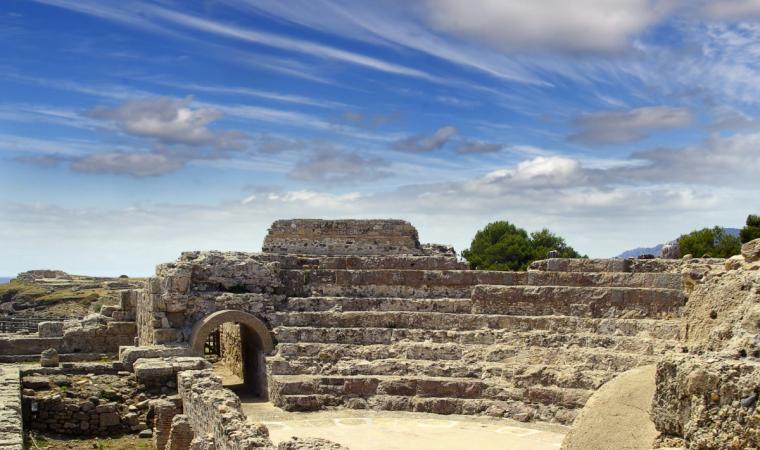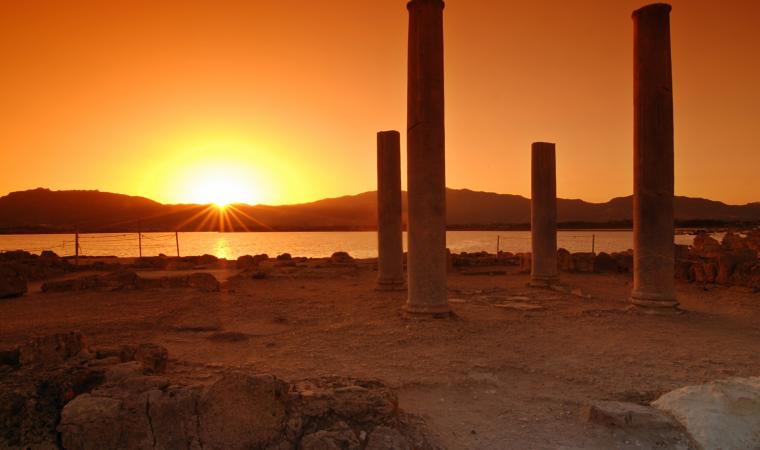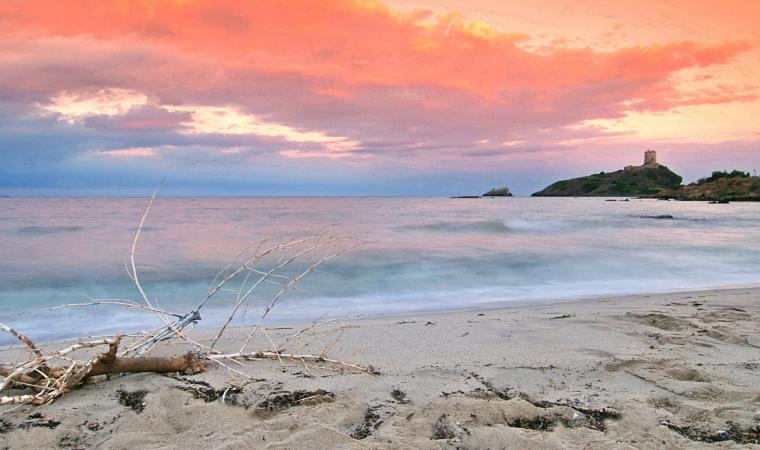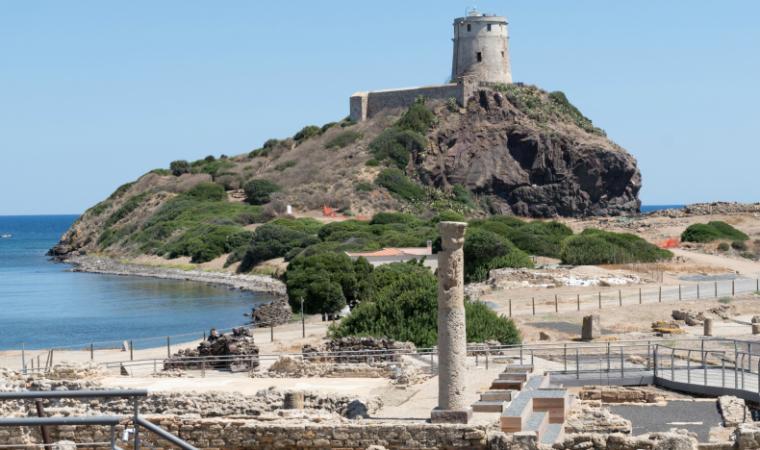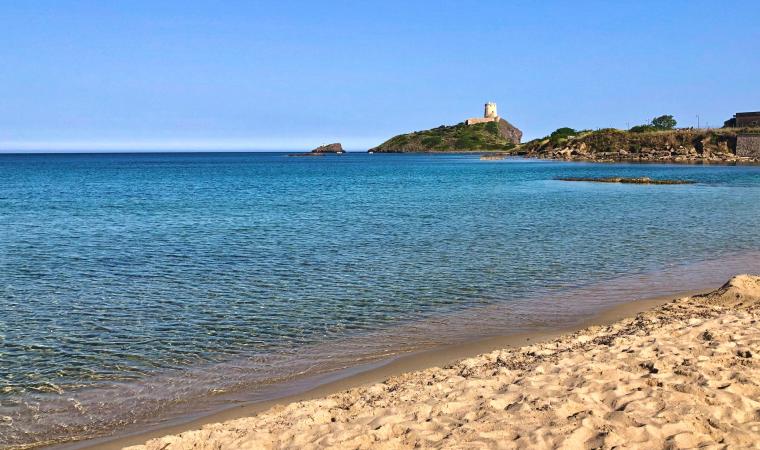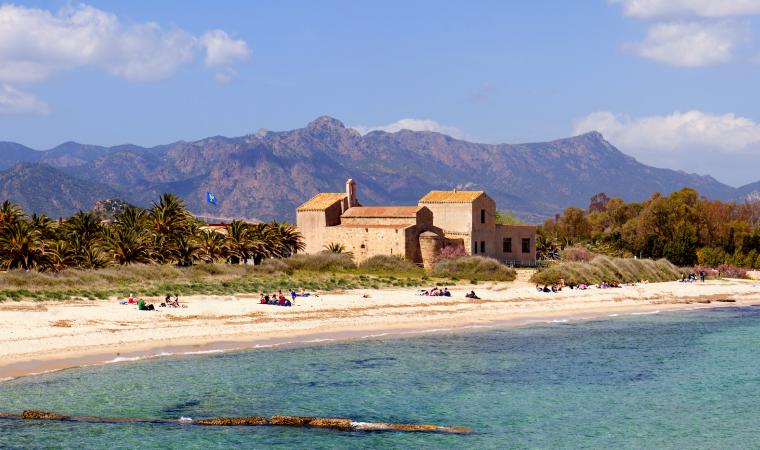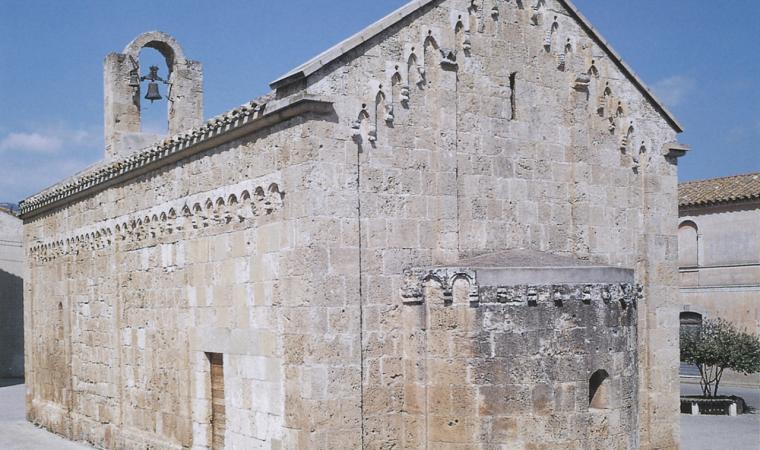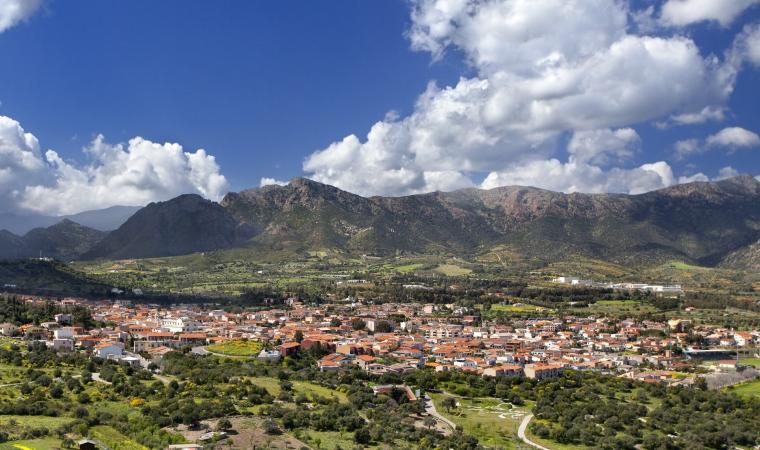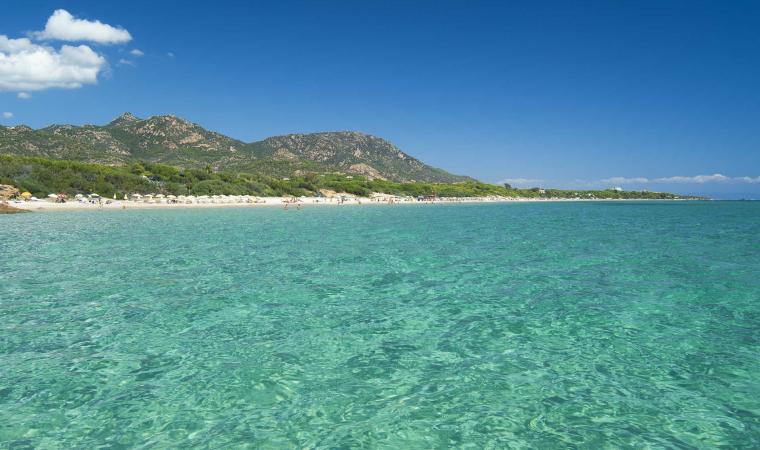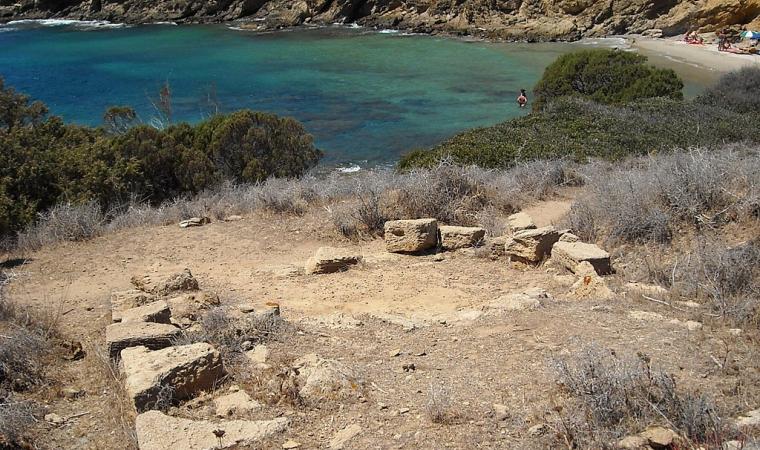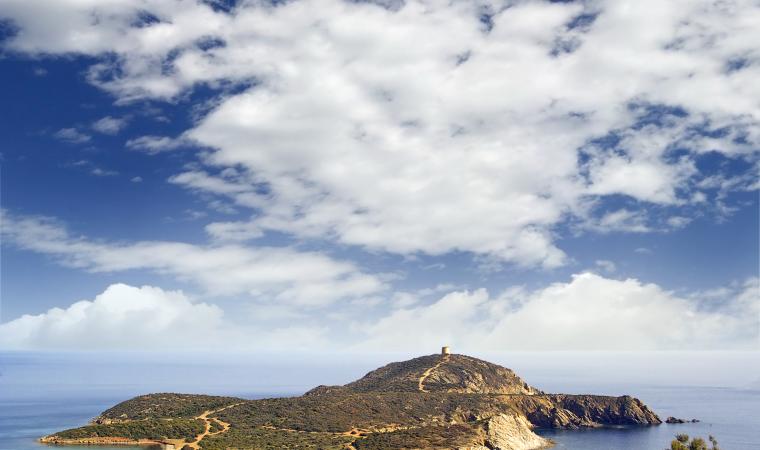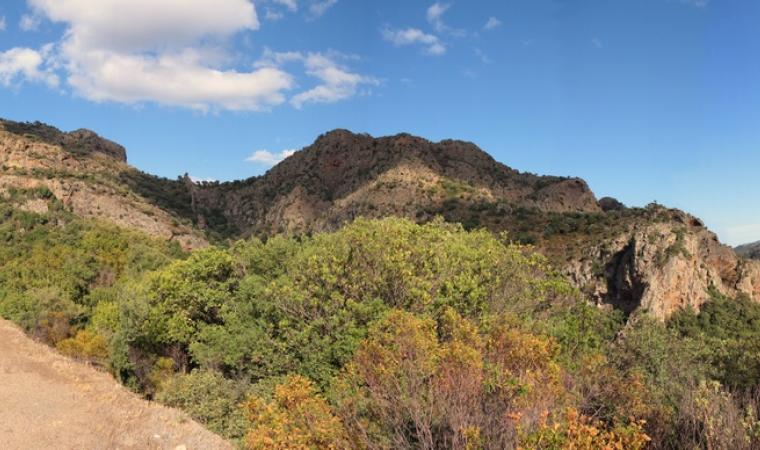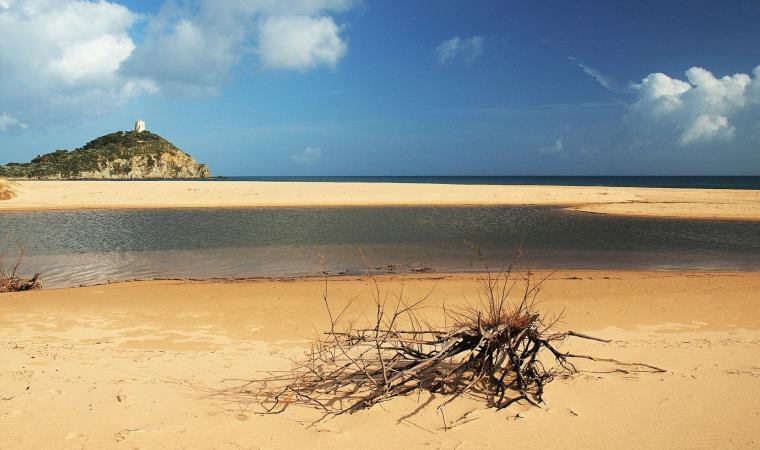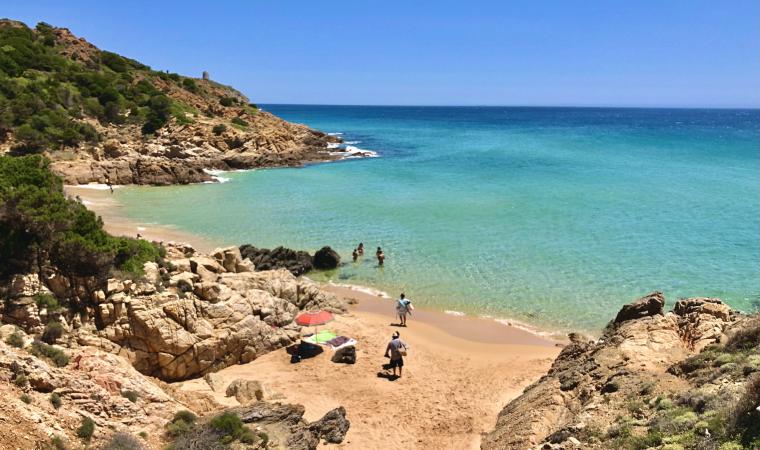It was the first Phoenician city in Sardinia (8th century BC), an important commercial crosswords and port of enviable location, in the isthmus of Capo Pula, from which it was possible to set sail in any weather. Nora, which developed fully in the 4th century BC under Punic rule, was conquered by the Romans in 238 BC and became a municipium in the 1st century AC. During the two following centuries, it lived its maximum splendour: urban growth and eight thousand inhabitants, in addition to being caput viae, the starting point of all of the roads on the islands. Of this flourishing city, fascinating remains can be seen at the archaeological park of Pula, a handful of minutes from the tourist centre, and findings exhibited at Patroni Museum. Go snorkelling and admire Roman roads and remains in the bottom of the isthmus, at Punta del Coltellazzo, dominated by a 16th-century tower.
Almost all evidence of Phoenician-Punic times were covered by Roman edifications. Excavations began in 1889, when a coastal storm revealed a Phoenician-Punic cemetery (tophet), bringing to light the remains of the Temple of Tanit, a Carthaginian goddess, and the Nora Stone, in the Museo Archeologico di Cagliari (National Archaeological Museum). On the stele, the most ancient document of the Western world, the name Shrdn, Sardinia, appears for the first time. The tophet sits near the Romanesque little church, the place of martyrdom of the warrior saint remembered every year during Sagra di Sant’Efisio, of whom the Pula population is particularly devout.
At the entrance to the park, you will find remains of the thermal baths that made Nora famous. Take the cobbled streets to enter the heart of the ancient city: Piazza del Foro. Nearby there is a temple with a six-column entrance hall (pronao), while to the north you will find the necropolis and the aqueduct. On the coast, you will come across a nobleman’s house, the house of tetrastyle atrium from the 3rd century AC, with a four-column portico and rooms lined with mosaics (do not miss “Nereid on a marine centaur”). Keep walking and you will see its main attraction, the amphitheatre: originally lined with marble, it had twenty terraces and could seat one thousand people. Today it hosts the La Notte dei Poeti festival. To the south, Aesculapius’s sanctuary, with a mosaic-lined terraced from the 4th century: perhaps the set of the incubation rituals, to ask the gods for remedies. It is the last greatest building: Nora began to decline in the 5th century.
After the archaeological excursion, go for a walk on the beach with golden sand and crystal-clear water, or along the lagoon, with its rare birds. In the evening, try Pula’s nightlife, with events and aperitifs in the piazzas in the centre.

